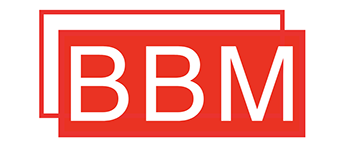How to choose a welding solution suitable for a specific application?
Date: 2025-06-05 Click: 544
Core decision factors
Material types and properties
Metal materials : Match the welding process according to the composition of the base material (such as aluminum alloy, stainless steel, carbon steel). For example:
Tungsten pulsed argon arc welding is recommended for thin aluminum alloy plates (with small deformation and good crack resistance).
Thick steel plates are suitable for submerged arc welding (high efficiency, deep penetration) or argon arc welding with a melting electrode (high power).
Dissimilar metal joining : Laser welding (energy concentration) or friction stir welding (to avoid metallurgical incompatibility) is preferred.
Plastics : Ultrasonic welding (thermoplastic materials)
Operating conditions and load requirements
High temperature/corrosive environment : Use heat-resistant steel electrodes or nickel-based alloy welding materials to ensure corrosion resistance
Impact load : High toughness of the weld seam is required. Low-hydrogen electrodes (such as alkaline electrodes) are recommended
Fatigue strength : Optimize the welding sequence and parameters to reduce residual stress
Product structure and precision requirements
Thin sheet/precision parts : Laser welding (focusing accuracy ±0.1mm) or infrared welding (uniform heating)
Large structural components :
Steel box girders/pipes are suitable for multi-wire submerged arc welding or robot gas shielded welding
The complex curved surface adopts the robot flexible welding system


